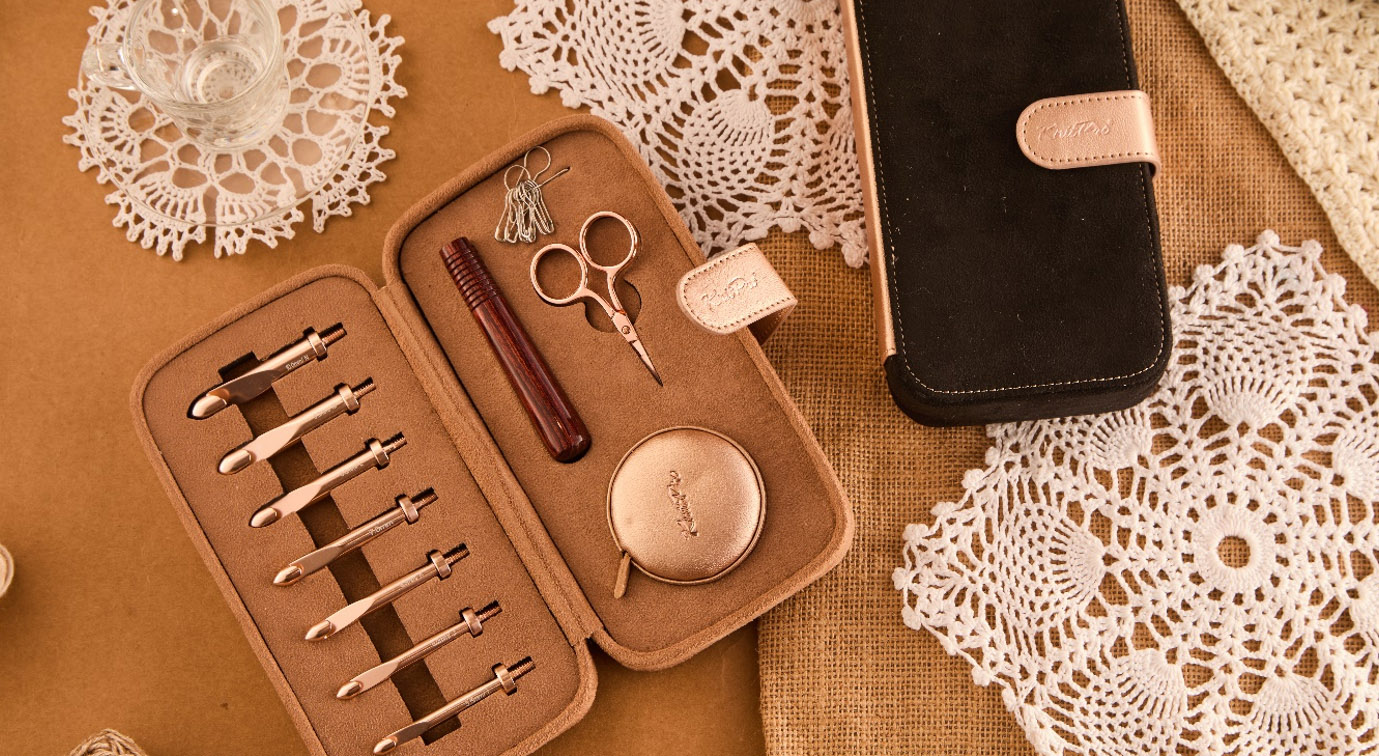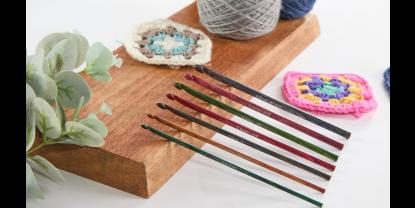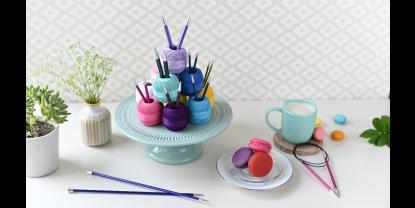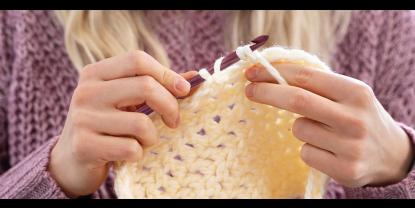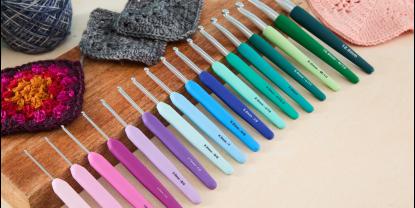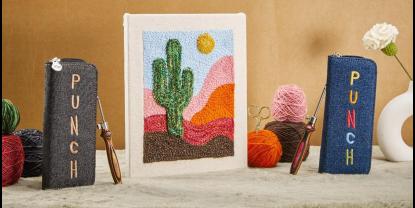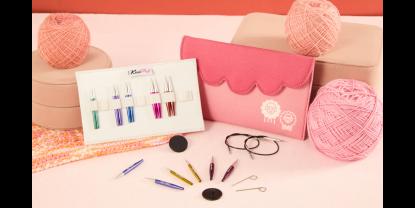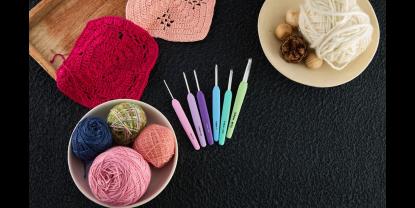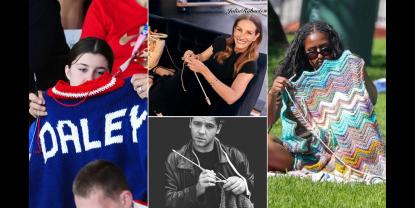Want to learn how to crochet? Well, it’s simple and quite easy to learn. The craft works with loops of yarn made with a single crochet hook. In fact, the name “crochet" comes from the French word "croche," meaning hook. Another possible connection is to the Norse word "krokr," which also means hook. It is the art of hooking yarn and making loops of stitches. In this beginner’s guide will walk you through everything you need to know to start crocheting. With the basic stitches and techniques, you can work on any project, from garments, home decor, cozy blankets and stylish accessories.
How to Crochet- Steps Involved
The fiber craft creates fabric through a series of interlocking loops. You basically get hold of the yarn with a crochet hook and pulling it through to form a loop. This basic movement forms the basis of all crochet stitches. Only one active loop is worked at a time.
Each stitch is made by inserting the hook into a previous loop or chain. The number of yarn overs is how each stitch differs in height. Each stitch with varying height contributes to the fabric and drape. Also, the tension of the yarn plays a role. Tight loops create a dense fabric, while looser loops result in a flexible, airy design.
As you continue stitches through rows or rounds, you form intricate textures and patterns. You can explore for endless creative possibilities, from delicate lacework to sturdy and dense fabric. You can manipulate loops by increasing (adding loops to a stitch) or decreasing (combining loops) to shape your fabric.
When talking about crochet, the mention of knitting is obvious. There’s also a age-old debate on knitting vs crocheting. Many crafters believe crochet to be easier and quicker when compared to knitting. This can be due to the ease of learning, basic tools and the movement. However, crochet has a reputation for more yarn requirement. it is due to how the stitches are formed.
A good way to learn is read before you start: Your First Steps in Crochet
A Brief About the History of Crochet
While not much is known about its origins, the craft has grown through evolution. The modern day crochet what we see today came into spotlight in the 19th century. The late Queen Victoria of the British Empire dressed up in crocheted lace, an Irish style to support income in the adversities of Irish famine. Later, she went on to take crochet as her hobby. During World War II, crochet became essential with people creating garments, hats, and gloves for troops. The 1960s and 1970s was a time of hippie crochet trend featuring colorful, bohemian-style garments and accessories. Granny squares became incredibly popular during this period. Recently, crochet has adapted various styles from varying textures, colorwork and more.
Getting Started: Essential Crochet Supplies
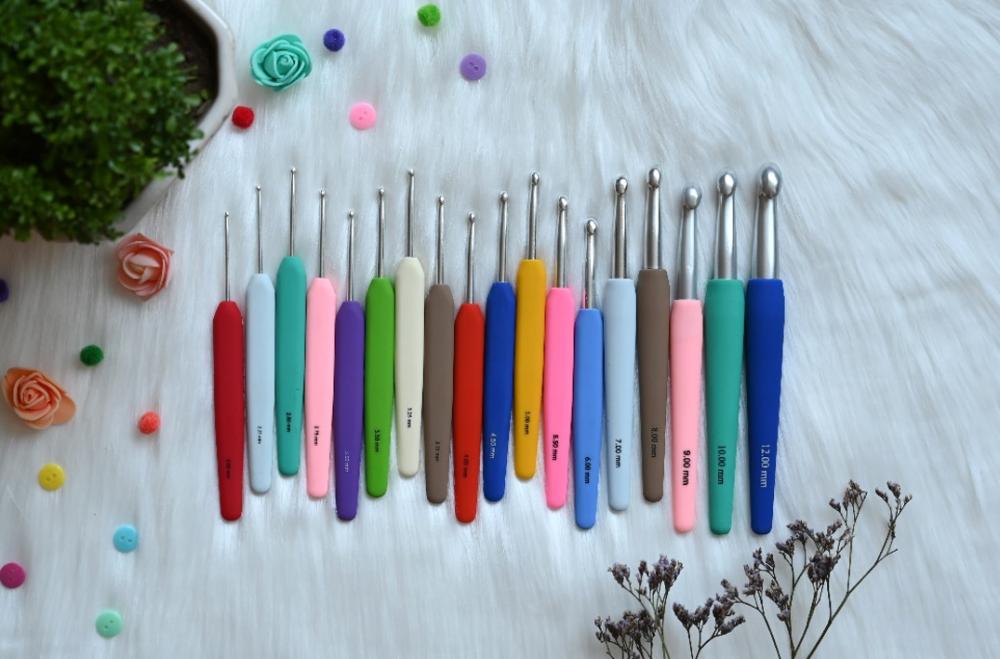
Before you begin crocheting, you’ll need a few essential supplies:
- Crochet Hook – For regular crochet, single ended crochet hooks are needed. They come in different sizes and materials (aluminum, plastic, bamboo). Beginners typically start with a 5mm (H-8) hook. With time you can explore double-ended crochet hooks with hooks on either ends. Tunisian crochet hooks are designed for Tunisian crochet. At KnitPro, we take pride in offering one of the widest selections of crochet hooks, catering to every crocheter’s needs, whether you’re a beginner or an expert. Browse the collection for what suits your comfort.
- Yarn – Choose a smooth, medium-weight yarn like worsted weight yarn in a light color so you can easily see your stitches.
Refer to our guide on what crochet hook to use with what yarn to get the right supplies.
- Accessories- Crafting accessories such as scissors, stitch markers, wool needle, etc. make it easy to work with yarn crafts. Refer to our blog on crochet essentials to have in your collection.
Basic Crochet Stitches
A few fundamental crochet stitches make the foundation of almost all crochet projects. Before you go ahead with the basic stitches, refer to our blog on UK vs US crochet terminology. The crafting world is divided for the different names of the stitches, however, the steps of working each stitch is the same.
Slip Knot - The first step to a crochet project is to join the yarn to the crochet hook. You can learn how to make a slip knot.
Chain Stitch (ch)- The chain stitch is the foundation of most crochet projects. Yarn over (wrap the yarn around the hook from back to front). Pull the yarn through the loop on the hook. Repeat until you have the desired number of chains.
- In crochet, there are a few basic stitches. They are formed by yarnovers when pulling up your first loop. Refer to our blog on mastering crochet with 5 basic stitches .
Beginner-Friendly Crochet Projects
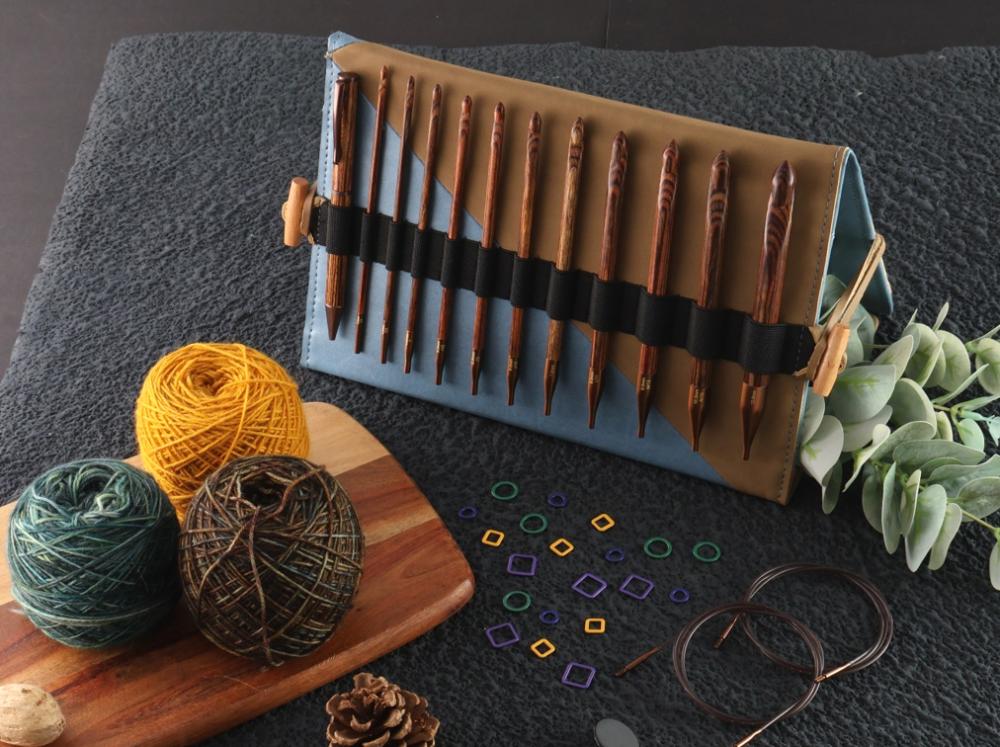
Once you’ve mastered the basic stitches, try these easy projects:
- Simple dishcloth using single crochet stitches.
- Scarf using double crochet stitches. You can also work on a shawl the same way as the scarf.
- Granny Square is classic motif that can be joined to make any project. From basic sweaters, tops, dresses, bags, blankets and anything you like.
- Beanie Hat made by working flat or in the round. The start is simple with a chain or the magic circle. Perfect for practicing crochet in the round.
- Amigurumi may seem challenging, however, it requires only basic stitches and techniques.
Tips for Improving Your Crochet Skills
- Practice regularly. Even 10 minutes a day will help you improve.
- Learn to read crochet patterns.
- Understand basic mistakes and learn to fix them.
Crochet is a fun and rewarding craft that anyone can learn. Grab your hook and yarn, and start your crochet journey! With KnitPro collection explore crochet hooks designed for comfort and smooth stitching. Oasis interchangeable single-ended crochet hooks allow versatility for all kinds of projects. Waves offers ergonomic rubber handles and smooth aluminum hooks. Zing offers vibrant, color-coded aluminum hooks with a thumb grip. Symfonie, Dreamz, Ginger, and bamboo are perfect for all crochet artists.


